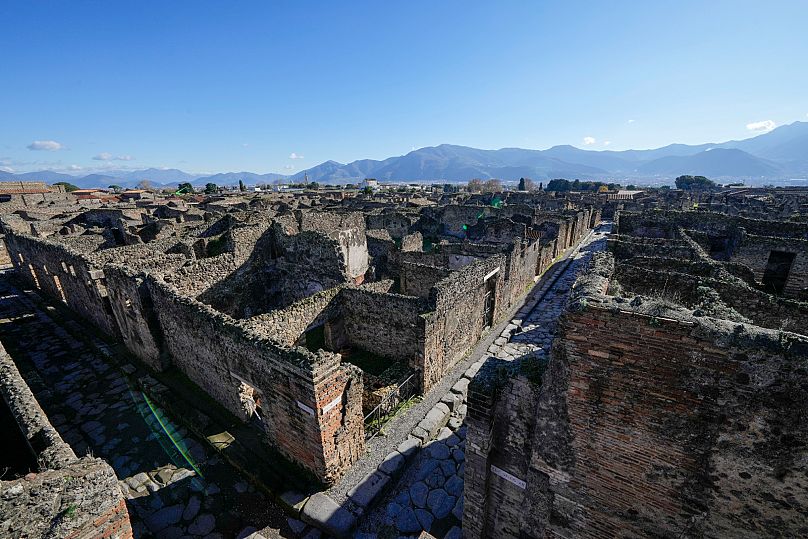 ADVERTISEMENT
ADVERTISEMENT Though the catastrophic eruption of Mount Vesuvius in 79 AD turned Pompeii into a city of ash, killing up to a fifth of its 20,000 residents and leaving it in ruins, new evidence suggests that some survivors – and possibly newcomers – returned to the smouldering remains to rebuild their lives.
Fresh excavations from the Insula Meridionalis (Southern Block) of the archaeological park have revealed post-eruption modifications to buildings, signs of domestic activity, and adaptive reuse of the ruins.
Researchers now believe this post-eruption community lived in makeshift conditions, transforming the ruined homes into a kind of survivalist settlement.
Upper floors were re-inhabited while the ground levels – once elegant Roman spaces – were repurposed into cellars with ovens and mills.
These settlers may have included not only former residents, but also newcomers with nothing to lose – hoping to survive among the wreckage or even unearth valuables left behind.
“Judging by the archaeological data, it must have been an informal settlement where people lived in precarious conditions, without the infrastructure and services typical of a Roman city,” researchers said in a statement.
Gabriel Zuchtriegel, the director of the site added: “Thanks to the new excavations, the picture is now clearer: post-79 Pompeii re-emerges, more than a city, a precarious and grey agglomeration, a kind of camp, a favela among the still recognisable ruins of the Pompeii that once was.”
The research team believes this period of reoccupation may have continued until the 5th century, when another volcanic event – known as the “Pollena eruption” – likely forced the final abandonment of the site.






